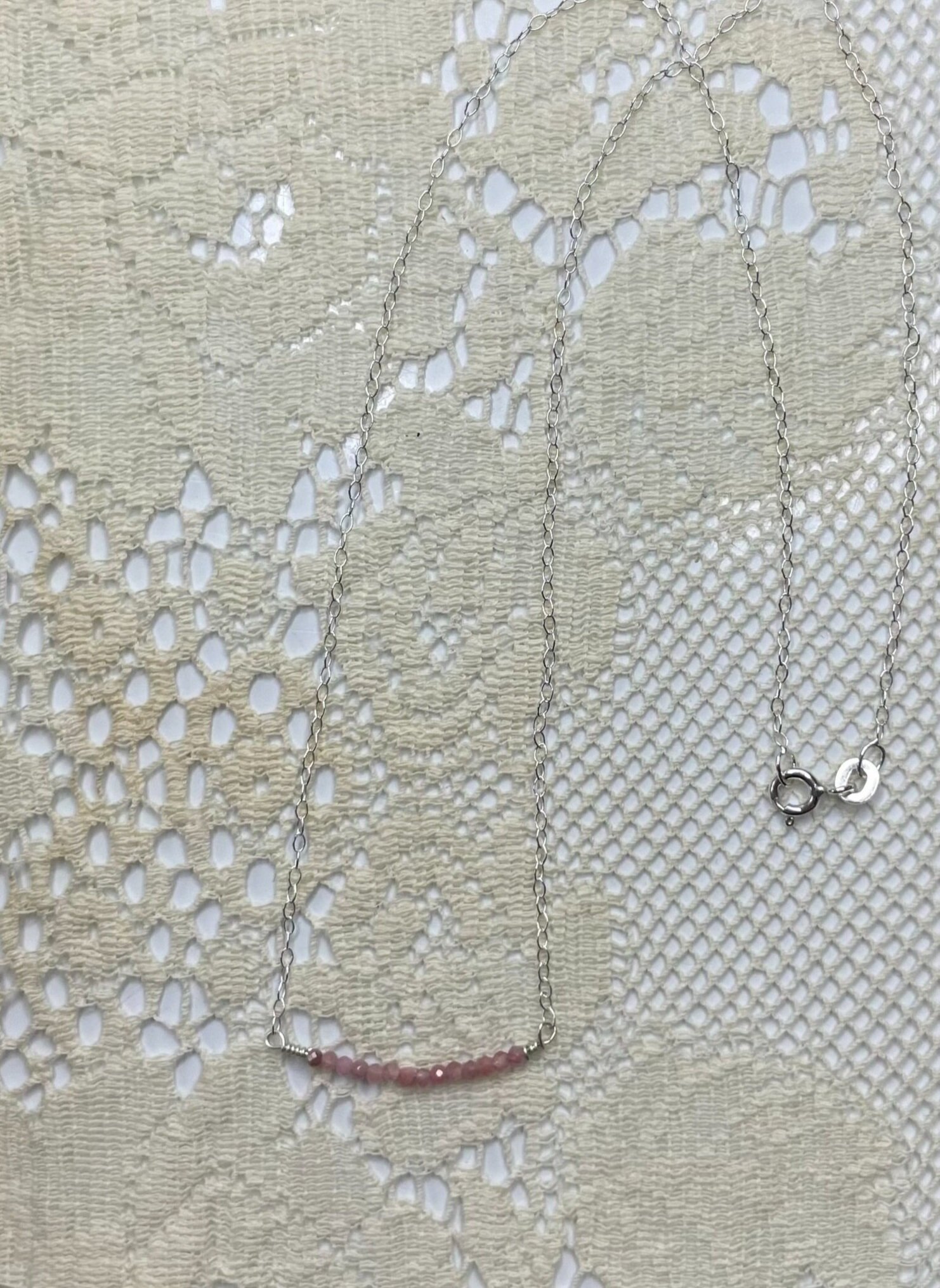Birthstone Gem Guide
Brooklyn Gemologist’s Birthstone Gem Guide is a resource created for you to use to learn more about each birthstone.
All information provided is sourced from Danielle’s expertise that she gained from an extensive graduate gemologist program as well as from the experience gained from decades worth of involvement in the jewelry industry.
-
![]()
January
Garnet is the traditional birthstone for January. Rhodolite is the most popular variety of the mineral species Garnet that is used in jewelry, with colors ranging from purplish red to reddish purple.
Garnet comes from the Latin “granatum” meaning seed-like.
-
![]()
February
Amethyst is the traditional birthstone for February. Amethyst is the purple variety of the mineral species Quartz.
The name comes from the Greek, ametusthos, meaning “not to intoxicate”.
-
![]()
March
The popular birthstone for March is Aquamarine, which is the slightly greenish blue variety of the mineral species Beryl. Aquamarine is usually heat-treated to enhance its blue color.
The name is derived from the Latin for “sea water”.
-
![]()
April
Diamond has been the traditional birthstone for April. However, alternate birthstones have become popular more recently, due to many controversies surrounding the diamond industry. Herkimer Diamond, a unique colorless variety of Quartz, has gained popularity as an April birthstone. This variety of quartz is found only in the Herkimer County of New York, and often found in a diamond shape, hence the trade name.
-
![]()
May
The birthstone for May is Emerald, the strong bluish green variety of the mineral species Beryl. Emerald’s rich, yet soothing color has been prized for centuries. This mineral is typically highly included, which can add to its value (unlike diamonds).
-
![]()
June
Though Pearl is considered the traditional birthstone for June, it is very popular for its affordability and beautiful luster. The “gemstone of the sea” come in a range of beautiful colors, and with special care, can last a lifetime.
-
![]()
July
Ruby is the red to slightly purplish-red colored variety of the mineral species Corundum. Besides being the birthstone for July, it is considered the king of gems due to its unique color and durability.
The name comes from the Latin “ruber” meaning red.
-
![]()
August
Peridot, called “gem of the sun”, is the modern birthstone for August. Peridot refers to the green gem quality olivine mineral series. Peridot can contain distinct disc-like inclusions called ”lily pads”, allowing for easy identification by gemologists.
-
![]()
September
The birthstone for September, Sapphire, refers to the blue variety of the mineral species Corundum. Sapphires come in a rainbow of colors (red being Ruby, July’s birthstone), however in the general marketplace the name Sapphire refers only to the blue variety.
-
![]()
October
Opal is the traditional birthstone for the month of October, with Tourmaline becoming a modern favorite. Both gemstones come in an array of colors. Opals have a “play-of-color” phenomenon.
The name Tourmaline comes from Sinhalese word toramalli meaning “stone with mixed color”.
-
![]()
November
Throughout history, all yellow gemstones were considered to be Topaz, which represented the November birthstone. Modern gemology proved that actually Topaz can be found in an array of colors. The yellow color continued to represent this month, with Citrine becoming the modern birthstone for November. Citrine is the yellow variety of the mineral species Quartz.
-
![]()
December
December has been represented with three different gemstones, all having a blue hue. Zircon and Turquoise are the traditional birthstones and Tanzanite is the modern addition. Tanzanite has gained modern popularity since its recent discovery in Tanzania in 1967, and its exclusive promotion by Tiffany & Co. Tanzanite is the blue to violet-ish blue variety of the mineral species Zoisite.











